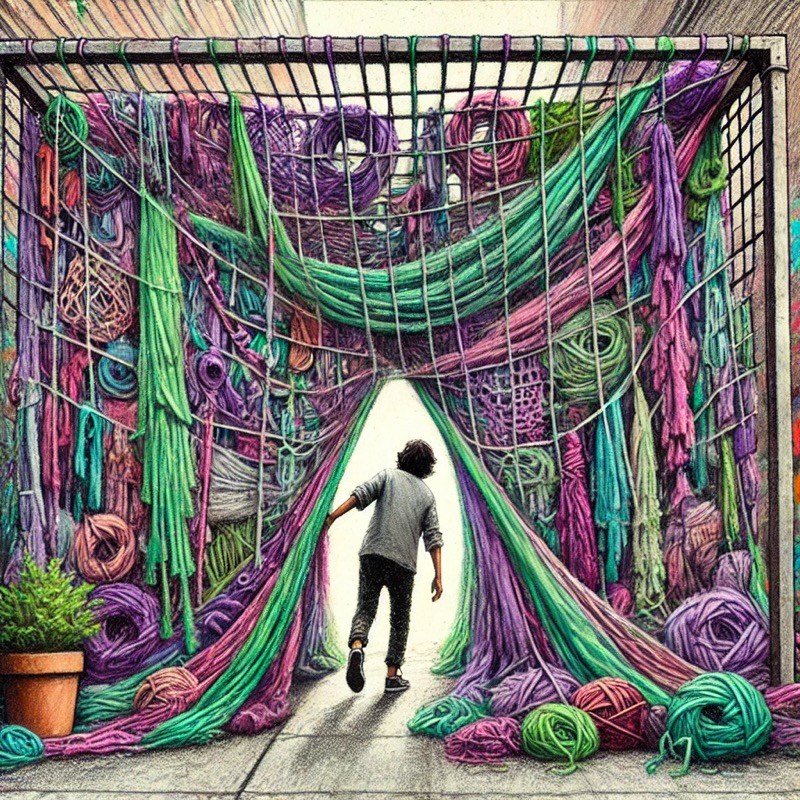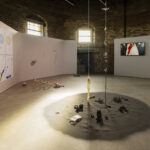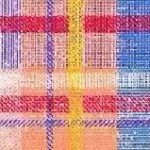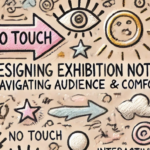“To publish is to make public, and to curate is to care. What happens when we care about what we make public?”
This week’s session focused on the idea of Publishing as Curating. To be honest, at first I found the concept a bit confusing. “Publishing” had always seemed distant to me—something that belongs to editors, scholars, or institutional practitioners, rather than to someone like me who works more with sensory experiences, emotional resonance, and embodied spatial practice.
But after sitting with the materials and reflecting on the three case studies, I’ve started to see how publishing can be a curatorial method in its own right—one that shapes how audiences experience, remember, and even continue a project, long after an exhibition has ended.
Publishing as a Curatorial Gesture of Perception
In Week 9, the lecture and readings prompted a significant shift in how I perceive publishing within curatorial practice. In an interview included in the session materials, Louise O’Hare argued that publishing should be recognised as a theoretical and practical field in its own right—on par with disciplines such as curating and art history (O’Hare, 2020). This provocation reframed how I view the many printed materials—texts, labels, booklets—I have created in past projects. Rather than seeing them as peripheral or supplementary, I began to understand them as extensions of curatorial thought, embedded with theoretical intention and affective direction.
A recurring theme in our seminar discussion was the concept of ephemerality, especially in relation to the texts Give Birth to Me Tomorrow and How We Hold (2020), which explore artistic practices that resist documentation.
“What possibilities are offered by the publication form to ephemeral activity, and what might the dangers be of archiving ephemeral activity in this way?”
This question resonated deeply. On one hand, publishing offers the potential to extend the life of a performance, a gesture, or a fleeting sensory moment; on the other, it runs the risk of flattening or fixing what was originally intended to remain unstable or unfinished. In this context, ephemeral practices—defined by their transience, partiality, and resistance to permanence—require publication strategies that honour their temporal logic. This might include open-ended texts, fragmentary visual traces, or formats that decay and shift over time.
These provocations led me to revisit a phrase by Sara Ahmed (2004), who describes political engagement as the act of leaving “new impressions on the skin of the social.” Publishing, in this expanded sense, is not simply about distribution—it becomes an intervention: a way of shaping perception, disrupting norms, and introducing new rhythms of attention.
This rethinking of publishing aligns closely with the conceptual core of my curatorial project The Plasticity of Life, which explores how bodies, identities, and emotional states shift through time, contact, and environment. Rather than treating publishing as a finalised output, I am increasingly interested in its potential as a durational methodology—something unfolding with the viewer, responsive to transformation, and capable of fading rather than fixing.
Connecting to My Own Curatorial Practice
After re-reading the materials and reviewing the three cases, I realised that these ‘publications’ had already permeated my own practice – I just hadn’t realised their ‘curatorial’ nature. I began to think about whether it was possible to incorporate publication design into my thinking about exhibitions in the future. Not just as documents, information or instructions, but as part of a real ‘empathy’ with the work.
Perhaps I need to let go of the narrow understanding that ‘publishing is editing’, and see it as a tactile and perceptive way of curating, in order to generate some longer-lasting and more resonant ‘stay’.
Due to limited funds, I can think of the following ideas for my curatorial project:
I would like to include a visual publication of the ‘process of change’ of the artist’s work, such as process diagrams, creative journals, before and after sculptures, etc., so that people can see the ‘formation rather than the result’, with only the artist’s co-operation in providing the creative information (photos/handwritten fragments). Low cost of content.
At the same time, I considered using old book pages and recycled paper for the visual ‘traces’ of the layout, which is more in line with the theme and environmentally friendly. The booklet is accompanied by a QR code that can be scanned to listen to the sound (e.g. the artist’s narration, ambient sound related to the work). A recording area is set up in the exhibition (message wall, handwritten feeling cards, anonymous fragments) to summarise these contents for a ‘reverse publication’, where the audience acts as the author, realising that ‘the exhibition is a continuous generative process’, echoing the idea that ‘the audience is not a spectator, but part of the exhibition’.
I need to conduct further case studies and research on the feasibility and budget of the project.
჻჻჻჻჻ꔫ჻჻჻჻჻჻჻ꔫ჻჻჻჻჻჻჻჻ꔫ჻჻჻჻჻჻჻ꔫ჻჻჻჻჻჻ꔫ჻჻჻჻჻჻჻ꔫ჻჻჻჻჻჻჻჻ꔫ჻჻჻჻჻
Updated on 24th March:
Building upon the idea of potential forms of publication, I began to reflect on how the end of an exhibition might not mark a conclusion, but rather open up new possibilities for collective authorship and ongoing dialogue.
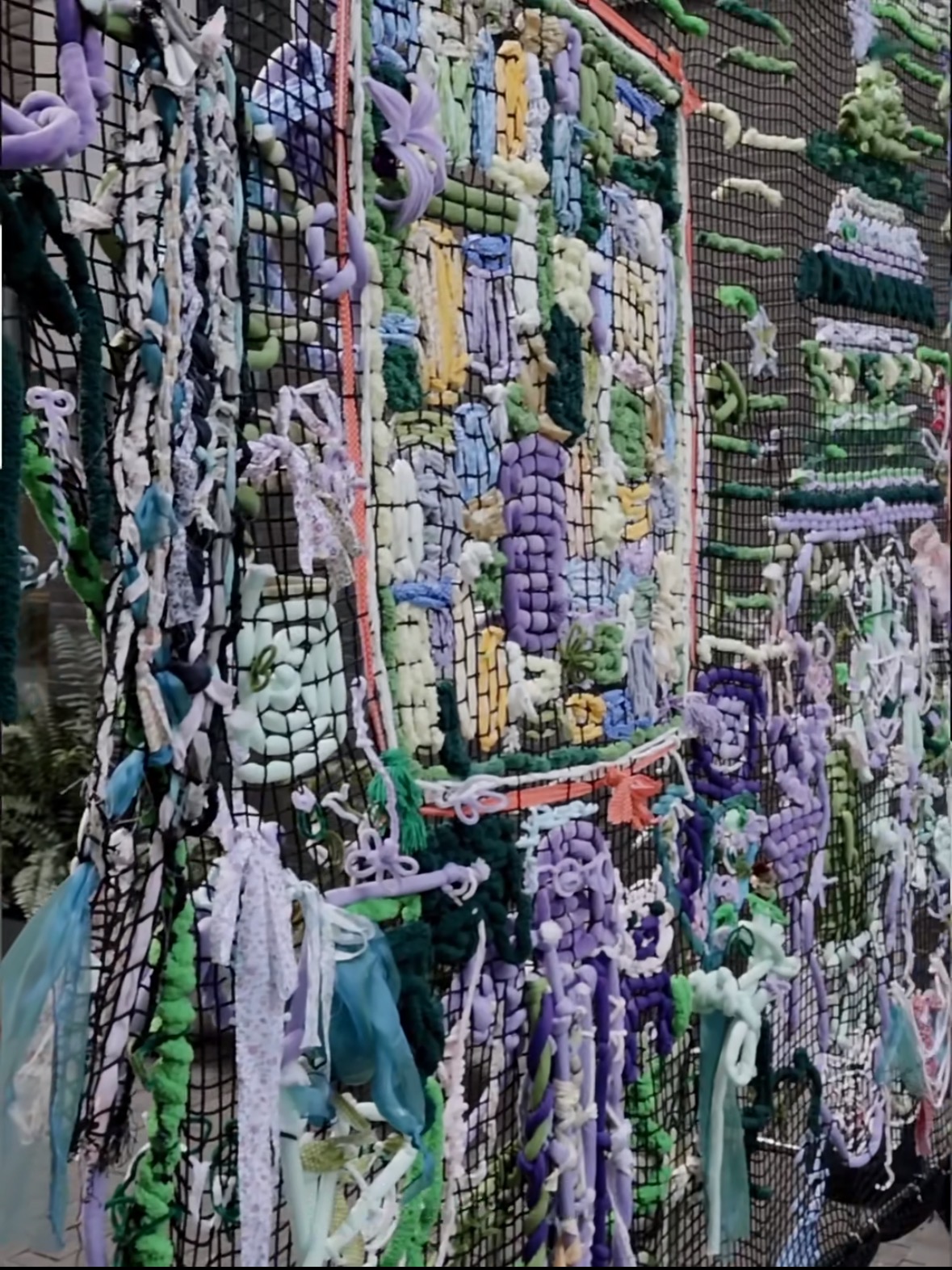
As a gesture of this, I plan to introduce an interactive installation at the end of the exhibition as public program. Here, visitors will be confronted with a monumental woven net — not yet fully completed. This net becomes both a sculptural presence and a participatory gesture. Beside it, a variety of materials are laid out: colourful threads, strips of fabric, or even fragments from the visitors’ own garments. The work resists finality. It is an evolving structure — a co-creative process that continues to grow with each participant.
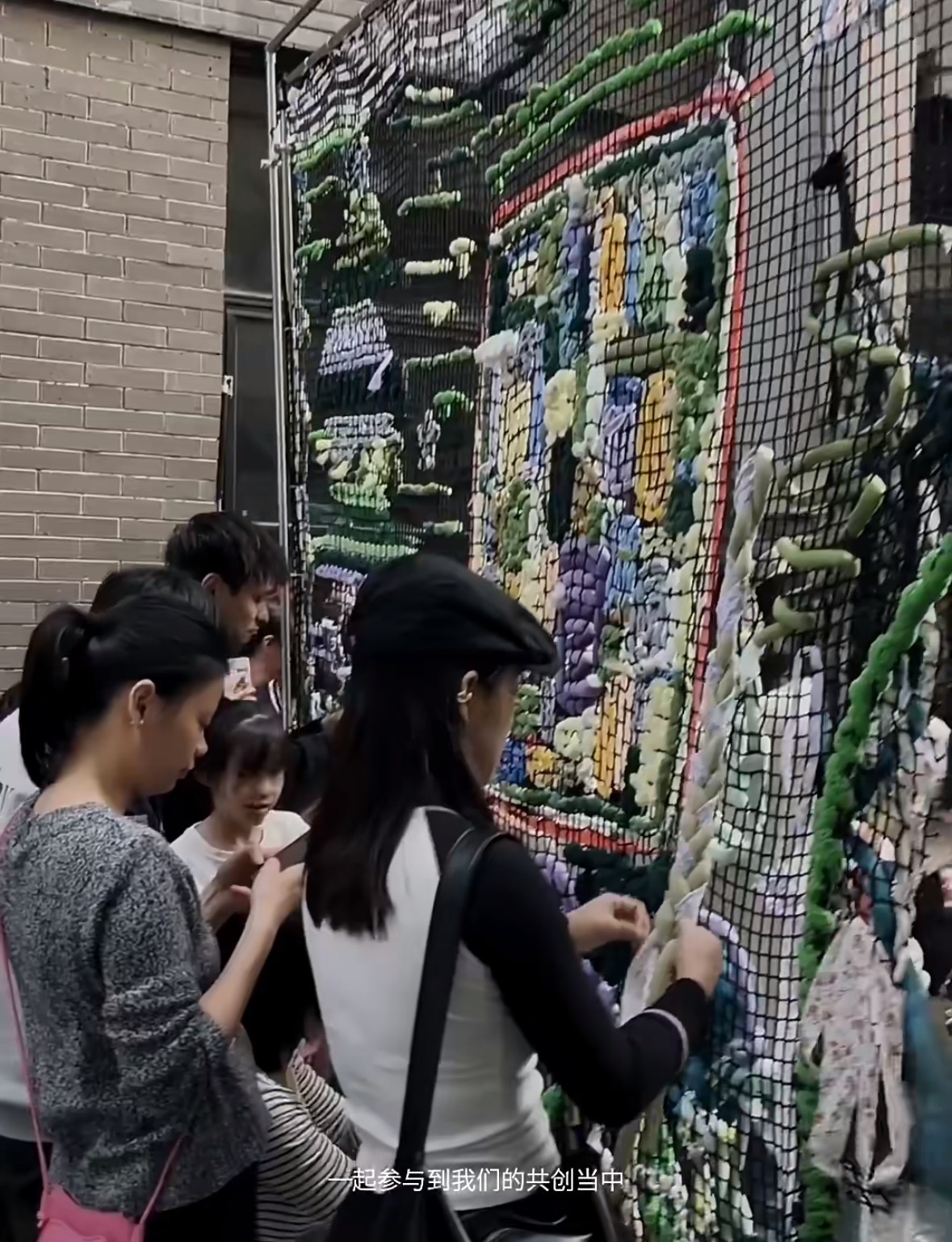
Visitors are invited to choose their materials freely and weave their own emotions, memories, or blessings into the mesh. In doing so, they are not merely observers, but become co-authors, co-weavers of this dense and ever-expanding “web of life.” Yet, the same net that holds all these shared stories also obstructs the way forward — to leave the space, one must find a small hole, just wide enough for one person to pass through.
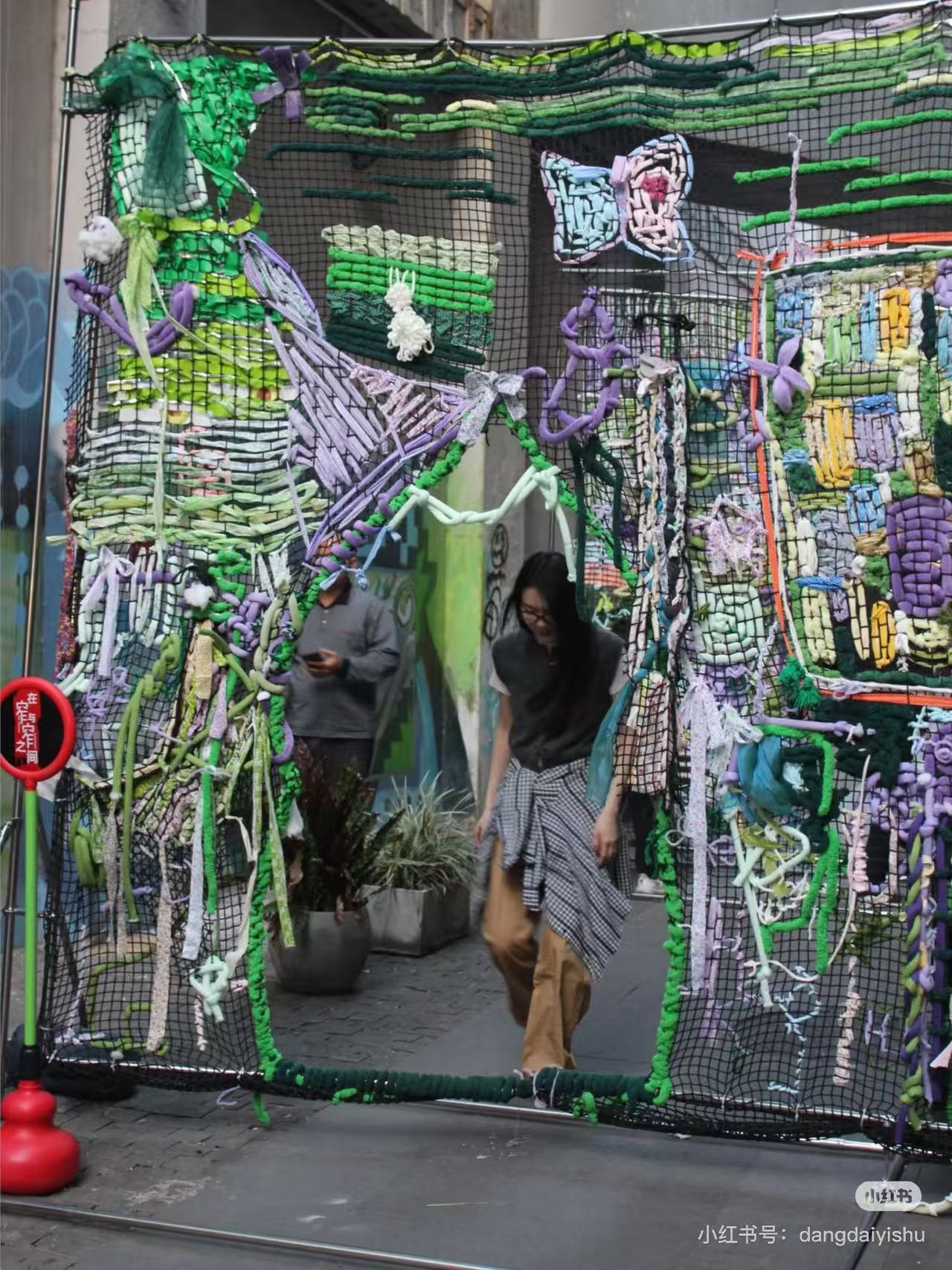
This “exit” is deeply metaphorical. It symbolises the act of finding one’s own path amidst chaos, entanglement, and emotional layering — a journey toward release, transformation, and perhaps, rebirth. It is not only a symbolic act of liberation but also a bodily engagement — an embodied metaphor that echoes the exhibition’s central theme: the plasticity of life — its capacity to adapt, bend, and re-form.
Through this gesture, the exhibition ends not with resolution, but with a quiet, tactile proposal — that art does not merely end with what is seen, but continues through what is touched, shared, and passed on.
References
Ahmed, S., 2006. Queer Phenomenology: Orientations, Objects, Others. Durham, NC: Duke University Press.
Ahmed, S., 2023. The Feminist Killjoy Manifesto. London: Penguin Books.
Condorelli, C., 2014. The Company She Keeps. London: Book Works.
Gilbert, A., ed., 2016. Publishing as Artistic Practice. 2nd ed. Berlin: Sternberg Press.
Kuusela, H., 2016. ‘Publisher, Promoter, and Genius: The Rise of Curatorial Ethos in Contemporary Literature’, in: A. Gilbert, ed. Publishing as Artistic Practice. Berlin: Sternberg Press, pp. 118–133.
O’Hare, L., n.d. ‘Artists at Work: Nick Thurston’. Afterall. [online] Available at: https://www.afterall.org/articles/artists-at-work-nick-thurston/ [Accessed 10 Apr. 2025].
Santos, B. de S., 2018. ‘Decolonising Education’, in: G.K. Bhambra, D. Gebrial and K. Nişancıoğlu, eds. Decolonising the University. London: Pluto Press, pp. 190–207.
Whittle, A., 2019. ‘Biting the Hand That Feeds You: A Strategy of Wayward Curating’. Critical Arts, 33(6), pp.110–123. DOI: 10.1080/02560046.2019.1688848.
Egan, J., Gatens, L., Graham, E., Khalaf, A., Thorp, A., eds., 2023. How We Hold. London: Serpentine Galleries and Koenig Books.
How We Hold, 2020. Artist-led publication project. [online] Publication Studio London. Available at: https://www.publicationstudios.biz [Accessed 10 Apr. 2025].
Ahmed, S., 2004. The Cultural Politics of Emotion. Edinburgh: Edinburgh University Press.
The Net (is not yet fully woven) © 2025 by Chuni Mao is licensed under CC BY-SA 4.0
Schematic diagram of ‘People Knitting Together’ © 2025 by Chuni Mao is licensed under CC BY-SA 4.0
People pass through the holes in the net © 2025 by Chuni Mao is licensed underCC BY-SA 4.0
